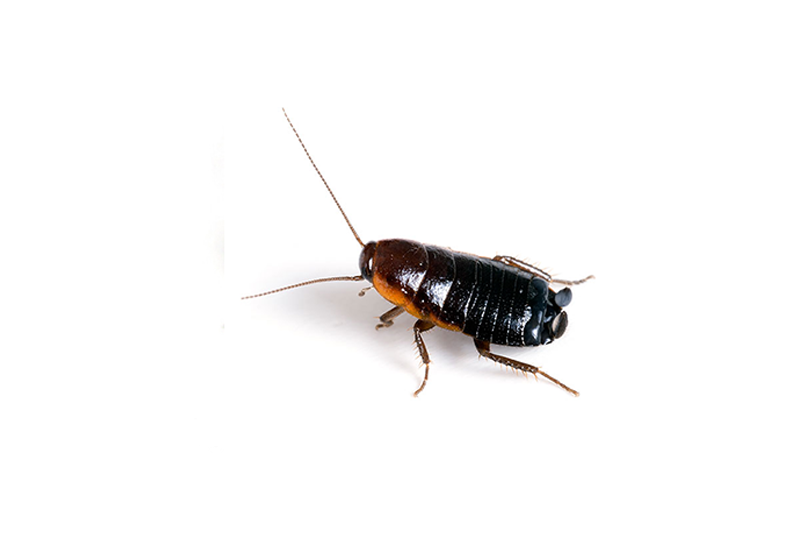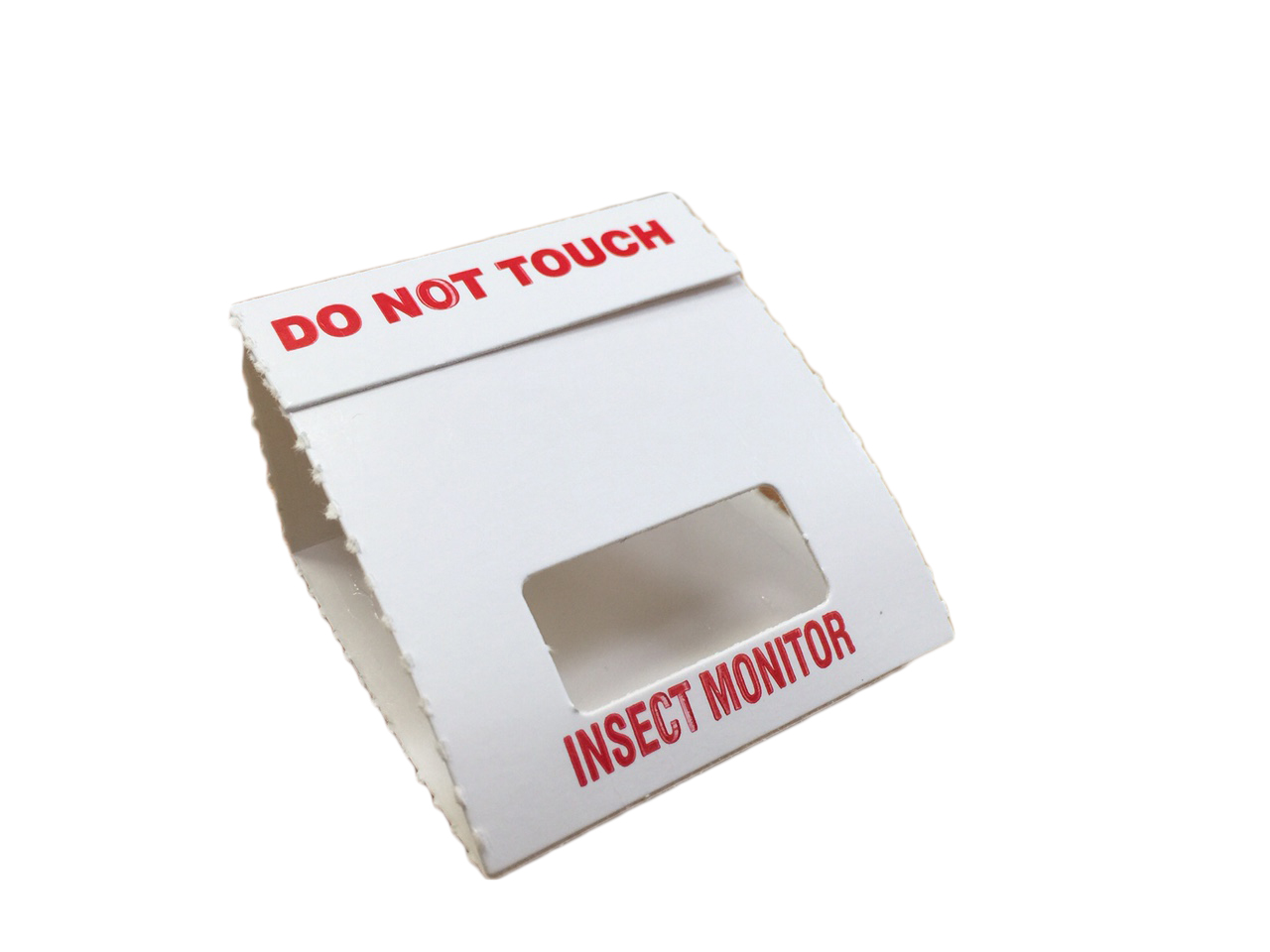Nature of Damage
Oriental cockroaches feed on all kinds of filth, rubbish, and other decaying organic matter. They seem especially fond of garbage and the contents of discarded tin cans. If water is available, they can live for a month without food. Without water they die within two weeks. The most important aspect of cockroach damage derives from their habit of feeding and harbouring in damp and unsanitary places such as sewers, garbage disposals, kitchens, bathrooms and indoor storage areas.
Cockroaches in general produce odorous secretions from various points in their bodies. Such secretions can affect the flavours of various foods. When cockroach populations are high, these secretions may result in a characteristic odour in the general region of the infestation.
Food hygiene and safety
Cockroaches contaminate far more food than they are able to eat. Disease-producing organisms such as bacteria, protozoa and viruses have been found in their bodies. Different forms of gastroenteritis (food poisoning, dysentery, diarrhoea) appear to be the principal diseases transmitted by oriental cockroaches.
The insects carry these disease-causing organisms on their legs and bodies and deposit the organisms on food and utensils as they forage. Cockroach excrement and cast skins also contain a number of allergens, to which many people exhibit allergic responses such as skin rashes, watery eyes, congestion of nasal passages, asthma, and sneezing.






